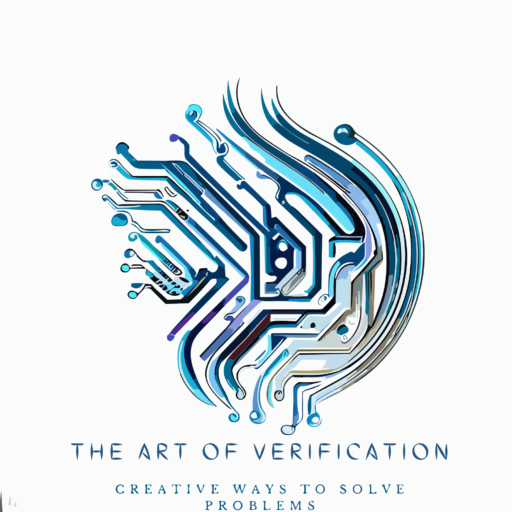How to build UVM Environment Part – 2
SEQUENCER The job of the sequencer is to control the flow of sequences to the driver. The fact that you can write six lines of code yet have a powerful implementation is the beauty of UVM. Having the sequencer mechanism prepared for you in the library allows you to build the testbench faster and more…
